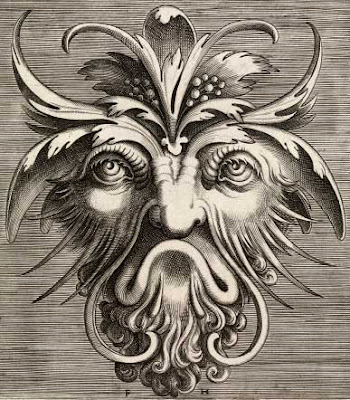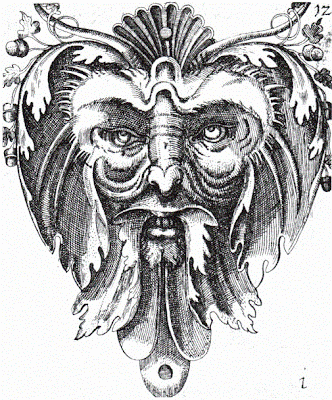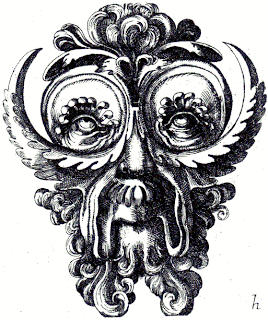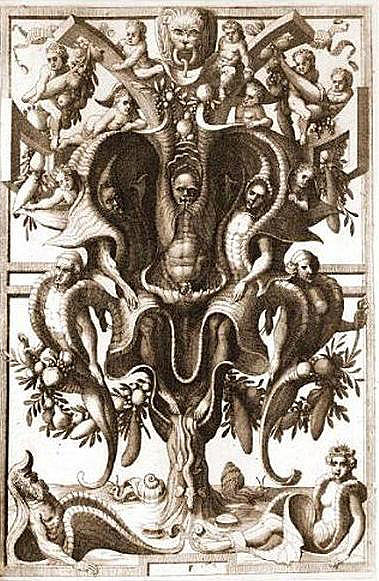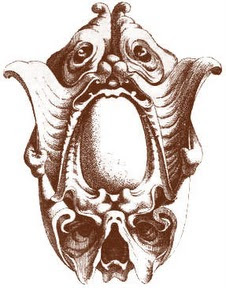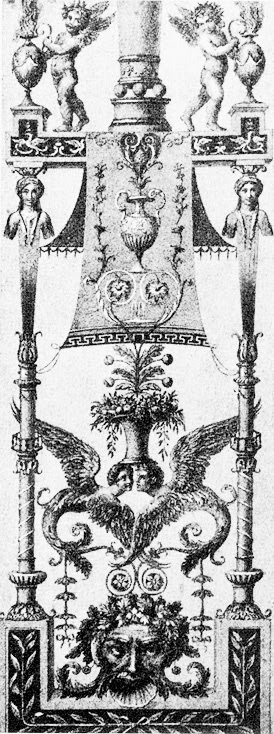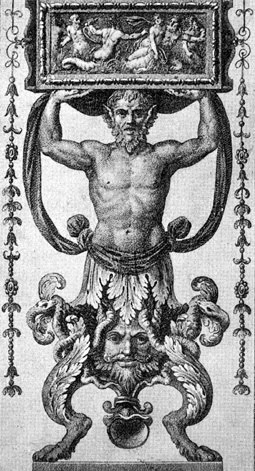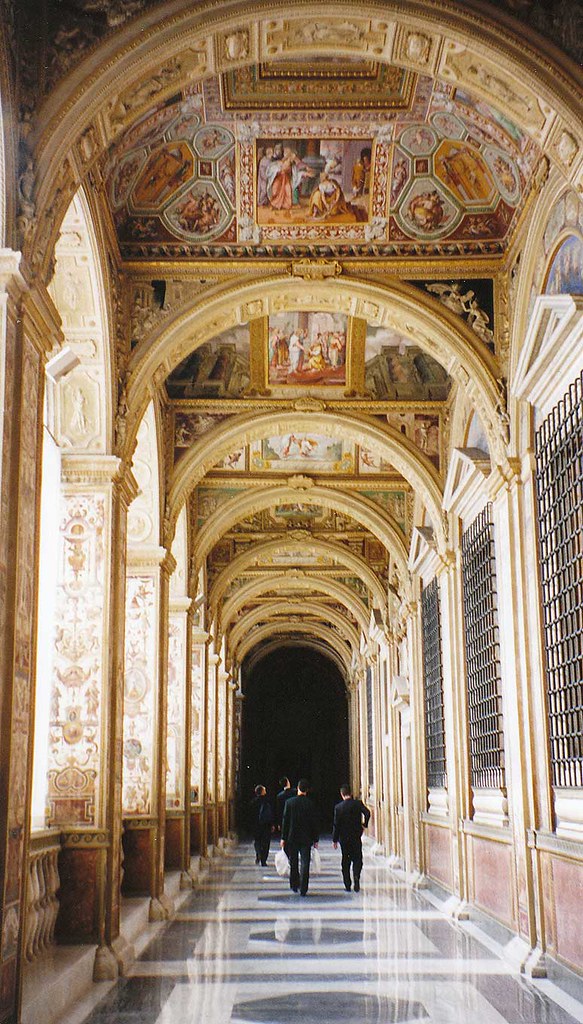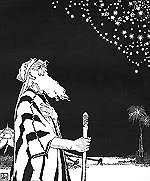
Artists
• Akerman, Mariano
• Bacon, Francis
• Bak, Samuel
• Beksiński, Zdzisław
• Bérain, Jean
• Boilly, Louis-Léopold
• Bolten, Arent van
• Bruegel the Elder, Pieter
• Callot, Jacques
• Chapman Brothers, Jake & Dinos
• Clovio, Giulio
• Coquelin, Antoine
• Desprez, François
• DeVille, Julia
• Delvoye, Wim
• Doré, Gustave
• Dubuffet, Jean
• Ernst, Max
• Fischli und Weiss
• Floris, Cornelis
• Fontanarrosa
• Fuller, Timothy Jacob
• Genovese, Alfredo
• Gervasi, Elvio
• González, Jesús
• Goya y Lucientes, Francisco
• Gravina, Francesco Ferdinando Il
• Hoefnagel, Joris
• Inga, Javier
• Kertész, André
• Kuksi, Kris
• Lequeu, Jean-Jacques
• Mäetam, Marko
• Maschen, Santos
• Marin, Livia
• Menasché, Sergio
• Messerschmidt, Franz Xaver
• Nine, Carlos
• Nowak, Till
• Oliehoek, Jan
• Ovchinnikov, Alexander
• Petitot, Ennemond-Alexandre
• Picasso, Pablo
• Piranesi, Giovanni Battista
• Quino
• Raphael
• Reinhardt, Ad
• Riccardi, Fabrizio [+]
• Salviati, Francesco
• Santos, Carlos
• Slarner, Liliana
• Tanguy, Yves
• Verona, Cachi
• Weber, Andreas Paul
• Wolverton, Basil
• Yamaguchi, Yuka

Entries
• A Curate's Egg
• A la búsqueda del factor grotesco
• A Procession of Grotesques
• Acerca de lo Grotesco en las pinturas de Bacon
• Alcances del sentimentalismo artístico
• Ars Poetica
• Arte argentino
• Arte grotesco: algunos de sus alcances
• As Funny as It Gets
• Art as Intention in Context
• Art Matters: Ideas & Themes Illustrated
• ¿Arte o Gato por Liebre?
• Artistic Imagination
• Artistic Monsters
• Aspectos grotescos del arte de Bacon
• Asunto de 6.000.000
• Atypical Beings
• Auricular Style
• Bacon: Painter with a Double-Edged Sword
• Bakhtin: The Body Grotesque
• Banham y la estética del colectivo porteño
• Best Regards to Medusa?
• Bien complejo y bien porteño
• Books: The Grotesque and Its Relatives
• Bretagne fantastique
• Buraq
• Capricious
• Chair-Ladder
• Clavileño el Alígero
• Configuraciones grutescas
• De la mímesis como problema
• De monstruos, prodigios y maravillas
• Decoração insólita
• Domus Aurea, Rome
• Double-Edged
• Educar con el ejemplo
• El factor grotesco
• El firulete, un asunto de importancia medular
• El juego de Bacon
• El laberinto del fauno
• El ser y el trabajo
• El todo mezclado
• Estética do grotesco: Christoff
• Estilo auricular
• European Ornamental Prints
• Figura en el espejo, 1971
• Flora Picturesque
• Francis Bacon en Buenos Aires
• Francis Bacon y lo Grotesco
• Fribolitus fribolitantis
• Gigantomachy
• Giornale Nuovo
• Grotesco el cuerpo
• Grotteschi
• Grotesques selon l'Encyclopédie Larousse
• Grotto-litera-turistika
• Hibridaciones varias
• Hindu Deities
• Historia de la Arquitectura
• Imaginary Art
• Insuperable en la sátira: Antonio Gasalla
• Jugando con fuego
• Kafka
• Kayser plus Bakhtin
• Kuntillet Ajrud
• La grottesca
• La Revelación según Bak
• La tradition des grotesques
• Las fuentes hispánicas del arte baconiano
• Las inscripciones de los carros
• L'écriture des grotesques
• Les Luthiers
• Les songes drolatiques de Pantagruel
• ¿Lo bello que en lo feo o lo feo que en lo feo?
• Lo familiar vuelto inquietante
• Lo Grotesco en las pinturas de Bacon
• Lo Grotesco en las pinturas instintivas de Bacon
• Lo imaginario
• Maniérisme : rébellion mélancolique
• Masquerade: Somewhere between the Mask and the Face
• Media and the Grotesque
• Medieval Grotesqueries
• Medieval Imagination
• Mi linda maestra
• Montaigne: Boscage or Crotesco
• "Multiplica las sonrisas"
• Netherlandish Realities
• ¿No es acaso el árbol un hombre?
• "No Grotesques in Nature"
• O fator grotesco
• O grotesco
• O grotesco nas artes visuais
• O império do grotesco
• Of Purpose in 20th-Century Art
• Ornament and the Grotesque
• Ortega y Gasset sobre la Metáfora
• Painters and Poets Alike
• Paradoxical Times
• Popular Science: Grotescology
• Quiebre y Derrame
• Resources
• Resourceful Jahsonic
• Rocaille
• Sacred Hybrid
• Shell and Content
• Significado de "A la que te criaste"
• Sólo nos es segura la inseguridad
• Terminología de las artes plásticas
• The Child Catcher
• The Creole Arabesque - El firulete criollo
• The Fear Factor
• The Fictitious Image
• The Grotesque
• The Grotesque in Bacon's Paintings
• The Grotesque in Bacon's Paintings, 1999-2009
• The Grotesque in Twentieth Century Art
• The Hour of Jeanne d'Évreux
• The Human Body in Modern Art
• The Macclesfield Psalter
• The Paradoxical
• The Uncanny
• Theatrical Murder
• Transgressing the Boundaries
• True Monsters
• T.S. Eliott, "The Hippopotamus," 1925
• T.S. Eliott, "The Hollow Men," 1925
• Um estilo marginal
• Versatilidad
• Viva la mezcla
• Viva la muerte

Bookmarks & Resources
• Bibliography
• Favorite Resources
• Grottesca
• Grotesco Online
• Links
• The Grotesque Times
